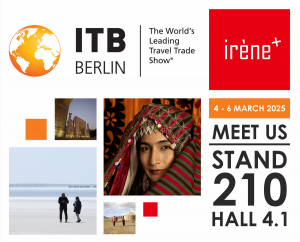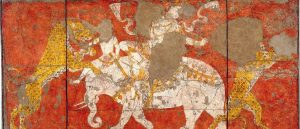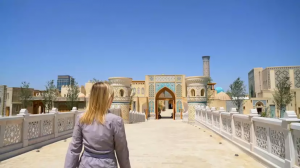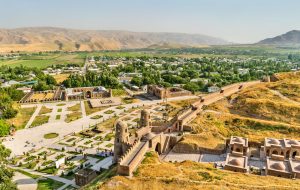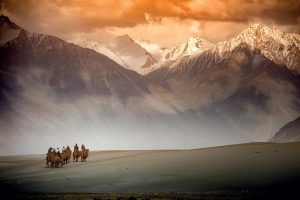The beginning of spring is a time of renewal and rebirth. And no celebration is more closely associated with the arrival of spring than Navruz, a holiday that is observed by many cultures across Iran, Central Asia, Azerbaijan, Afghanistan, and the Farsi-speaking nations. Navruz, also spelled Nowruz or Nawruz, is a joyous occasion that marks the beginning of the new year and the end of winter.
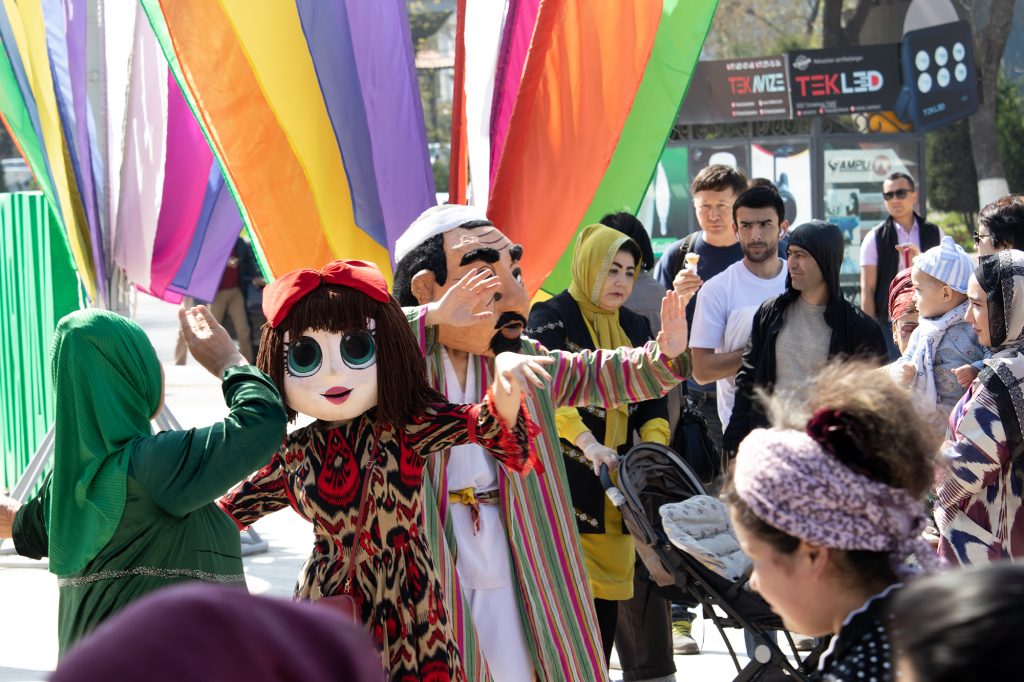
Navruz is a holiday that is steeped in history and tradition. Its origins can be traced back more than 3,000 years to the ancient Persians. According to legend, the god of wisdom, Ahura Mazda, created the world on Navruz, and the day has been celebrated ever since as a symbol of new beginnings and hope.
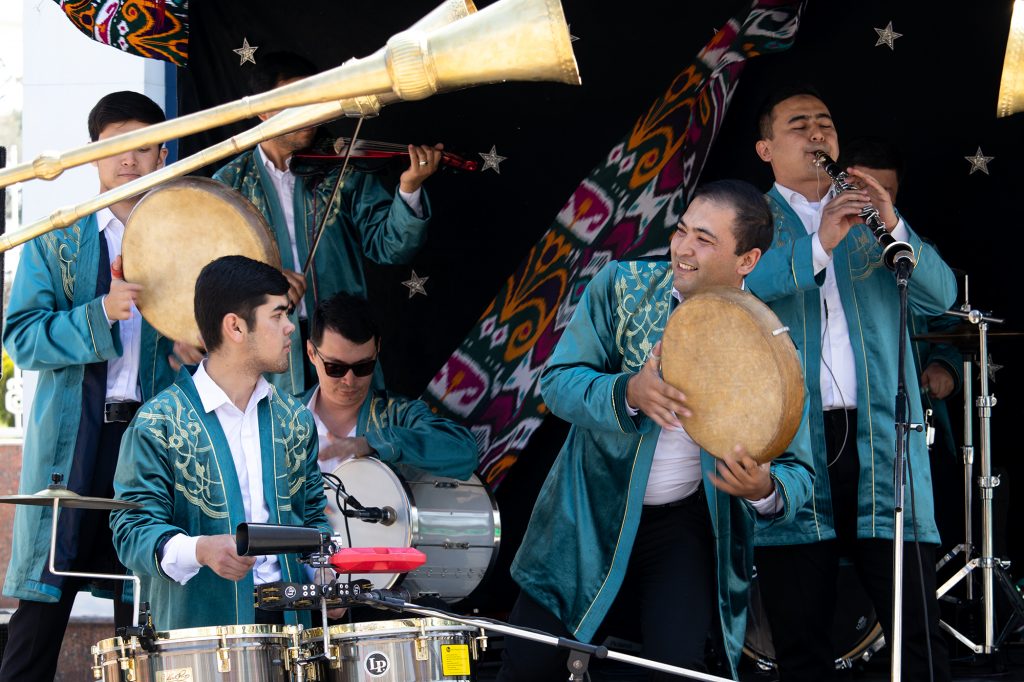
Navruz is a public holiday in many countries, including Iran and Uzbekistan, where it is celebrated on March 21, the spring equinox. However, the festivities can last for up to two weeks in some places, and preparations for the holiday can begin several weeks in advance.
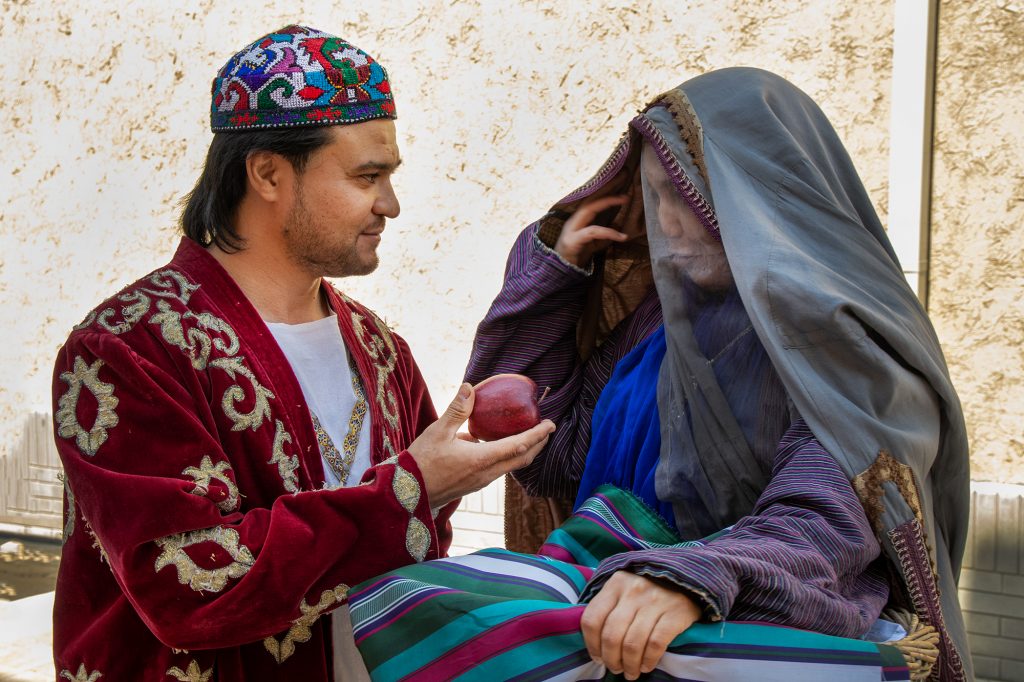
In Iran, the celebration of Navruz is called “Norooz” and is a time for family gatherings and feasting. On the eve of Navruz, families gather around a table called “Haft Sin” which is decorated with seven items that begin with the letter “S” in Persian. These items include “Sabzeh” (wheat, barley or lentil sprouts grown in a dish), “Samanu” (sweet pudding made from germinated wheat), “Senjed” (sweet dried fruit of the lotus tree), “Seer” (garlic), “Seeb” (apple), “Somāq” (sumac), and “Serkeh” (vinegar).
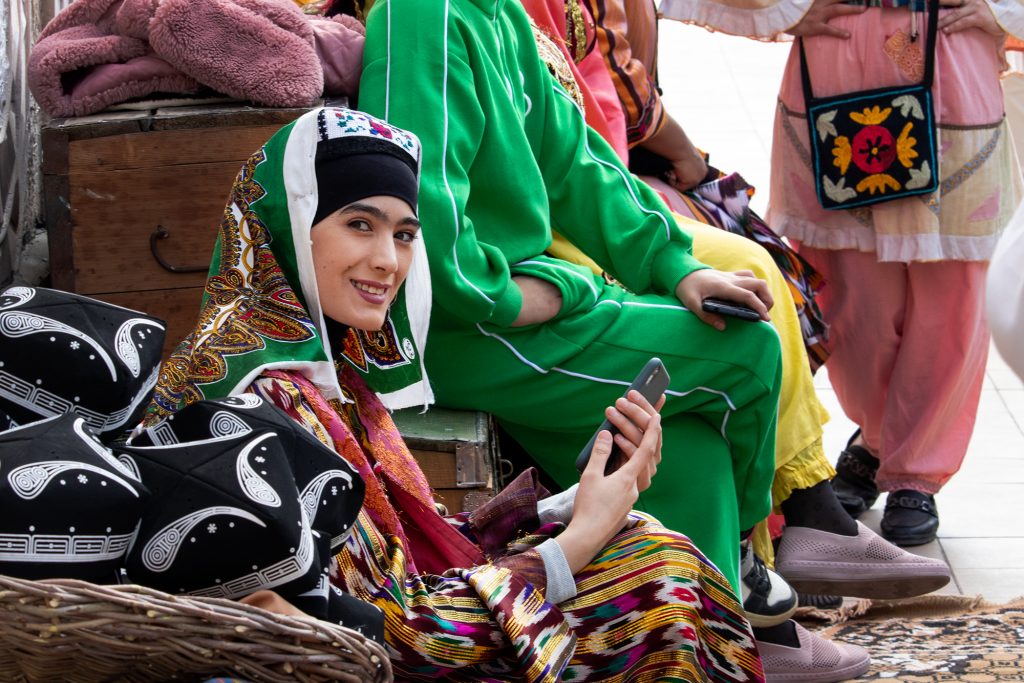
In Uzbekistan, Navruz is called “Navro’z” and is celebrated with different customs and traditions. The preparations for Navruz in Uzbekistan begin several weeks in advance. One of the most important customs associated with Navruz in Uzbekistan is the making of “sumalak”, a special dish made from sprouted wheat. The dish is prepared over several days, and the process involves a lot of teamwork and cooperation. People gather together to wash and soak the wheat, grind it, and then boil it in large cauldrons for hours, stirring it constantly. The resulting liquid is then strained, and sugar, oil, and other ingredients are added to create a sweet, thick paste that is served to guests.
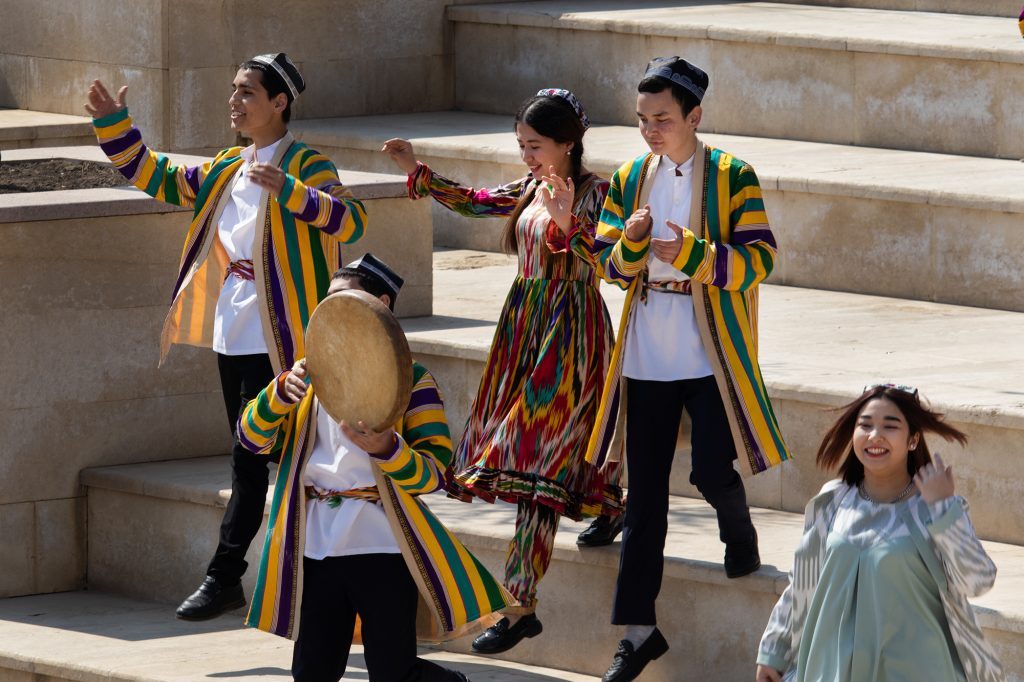
Another important aspect of Navruz in some comunities in Uzbekistan is the tradition of “haft sin”. However, the table is not limited to seven items starting with the letter “S”, but can include up to 21 items. In Uzbekistan, the table is called “haft khalta”, which means “seven dishes”. Each dish has a symbolic meaning and is meant to represent a particular aspect of life, such as fertility, health, and prosperity.
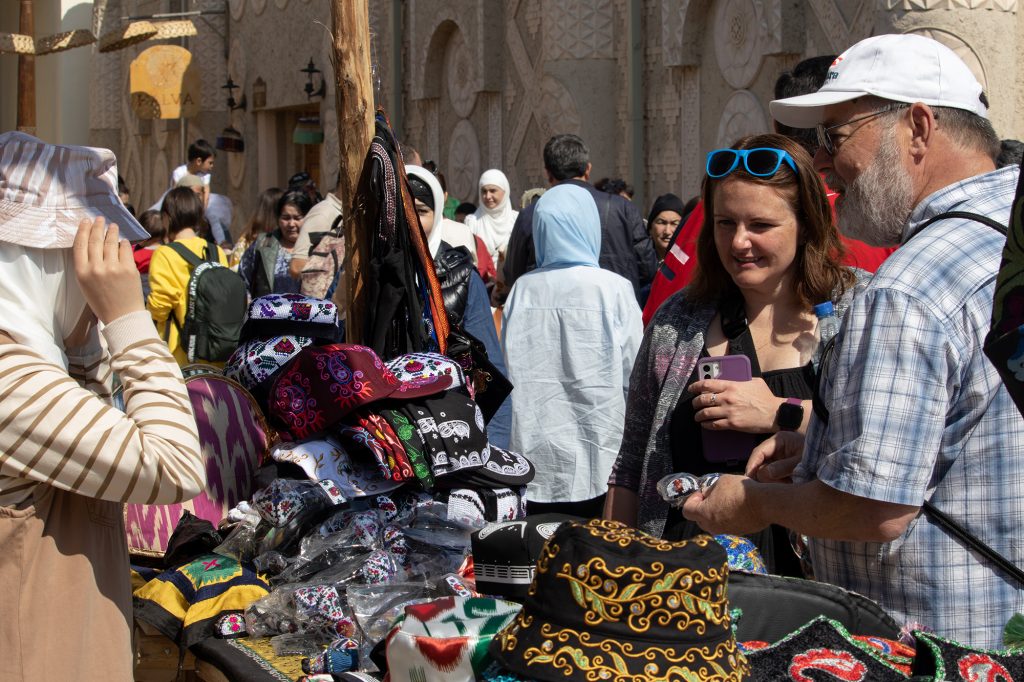
Despite the differences in how Navruz is celebrated in Iran and Uzbekistan, the holiday is a time for people to come together and celebrate the arrival of spring. It is a time for forgiveness, reconciliation, and the renewal of relationships. It is a time to reflect on the past year and to make plans for the future.
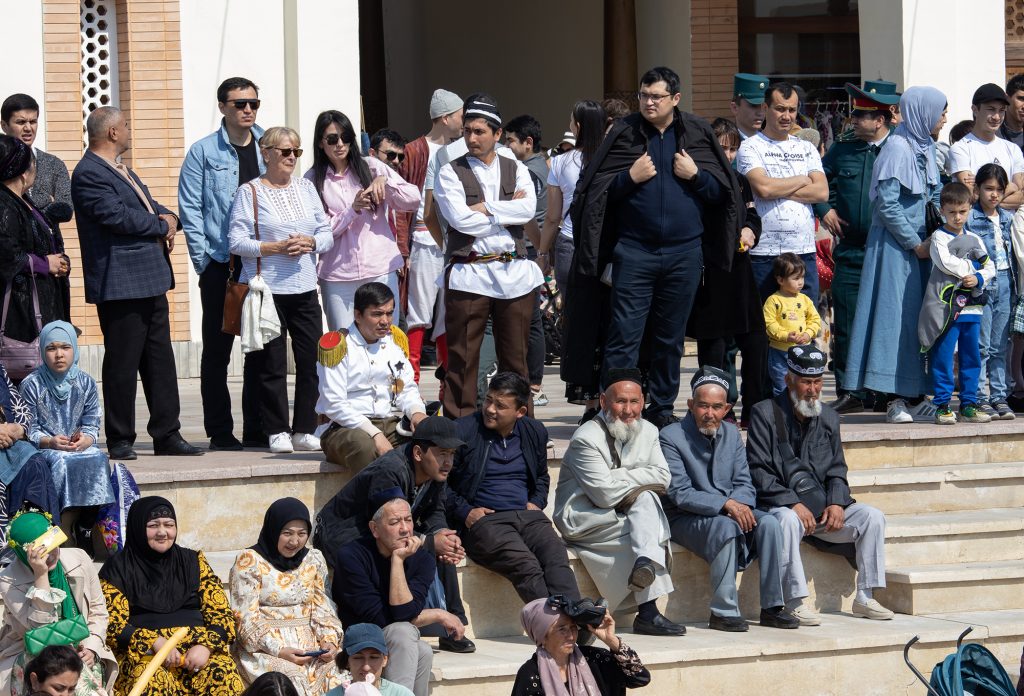
In recent years, Navruz has gained popularity beyond the countries where it is traditionally celebrated. Many communities around the world now observe the holiday, including in the United States, Canada, and Europe. In some countries, such as Afghanistan, Navruz is an official holiday, and schools and government offices are closed.
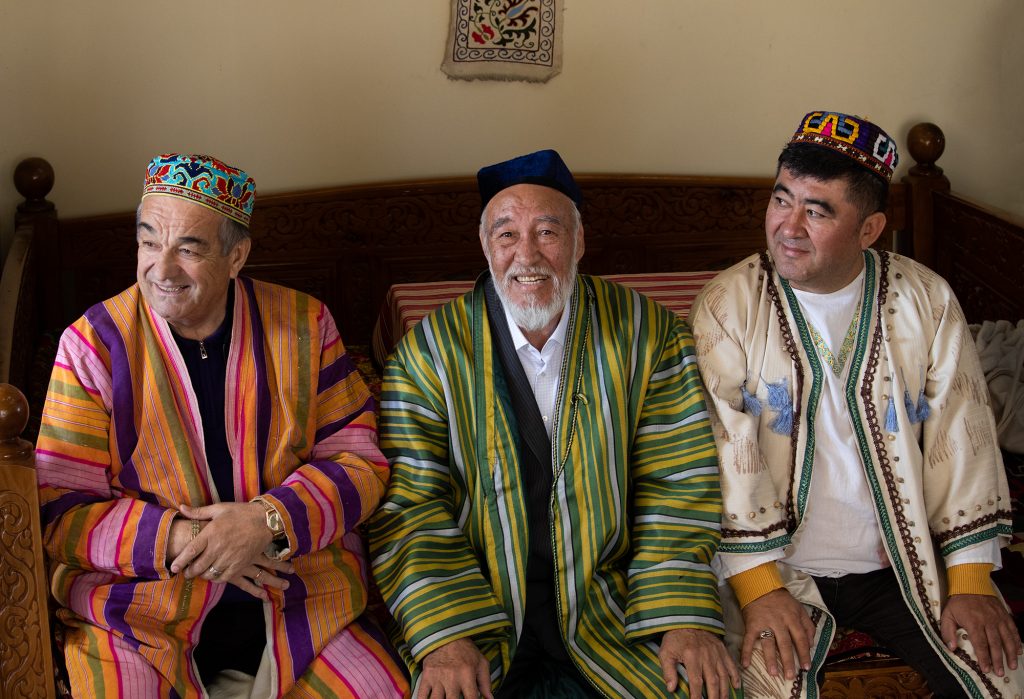
This is a holiday that is celebrated across many cultures, and it is a time to celebrate new beginnings and the arrival of spring. Although the holiday is observed differently in different countries, the core traditions of forgiveness, renewal, and hope.
Article & Photos Copyrighted by Irene Plus Travel LLC


